Castolin Eutectic welding helmets not only offer excellent safety, but also a high level of comfort and practical features. Our welding helmets are available in a wide range of sizes and styles to ensure you find the helmet that best suits your requirements. Castolin Eutectic welding helmets have practical features such as infinite brightness adjustment, fast response time and ease of use.
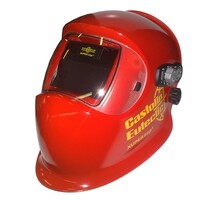
XuperTop5 welding helmet
393,20 £Redefinition of the automatic welding...
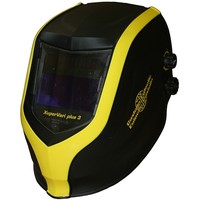
XuperVari plus3 welding helmets
247,89 £Safety for professional and hobby wel...
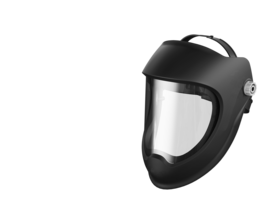
XuperVision grinding helmet
68,52 £with ergonomic fit
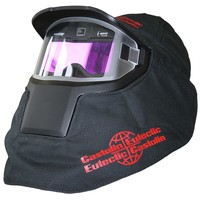
weldcap® welding helmets
165,58 £Welding has never been so convenient
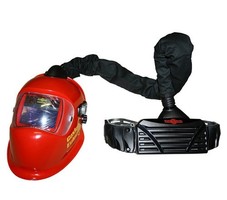
Welding protection system XuperFlow 3000X incl. XuperTop5
1.854,02 £Fresh air system with maximum comfort
Hard hats for welding and brazing are essential safety equipment for anyone working with these processes. These helmets protect the wearer's eyes, face and head from the harmful effects of arc rays, sparks and molten metal. Welding and brazing helmets are carefully designed to meet the demanding requirements of these professions. Made from durable materials such as impact-resistant polycarbonate or fiberglass, these helmets provide robust protection from potential hazards. They serve as a reliable barrier, protecting the head and face from sparks, molten metal splashes and other flying debris that can occur during welding and soldering operations.
There are many different types of hard hats, so it is important to choose one that is suitable for the type of welding or brazing you are doing. Some helmets are designed for arc welding, others for brazing. Some helmets have a fixed tint, others have a variable tint that can be adjusted to the intensity of the arc.
The safety helmets often have adjustable head straps that allow for a customized and secure fit. Padded headbands and padded chin straps increase comfort, minimize pressure points and reduce fatigue during long periods of work. Welders and solderers can concentrate fully on their tasks, knowing that their helmets provide both safety and ergonomic support.
In addition to head and face protection, welding and brazing helmets can be equipped with additional features that increase safety. Many helmets offer a respiratory protection system interface that allows the integration of respirators with air purification (PAPR) or respirator cartridges to protect the respiratory tract from welding fumes and particles. This ensures comprehensive protection for the welder, protecting not only their vision but also their respiratory health.
Probably the most important feature of welding and brazing helmets is the special lens arrangement. Equipped with a tinted or auto-darkening lens, these helmets provide exceptional eye protection from the intense glare, ultraviolet (UV) and infrared (IR) radiation generated during welding and brazing. The lens instantly adjusts its tint to the changing light of the arc, ensuring clear vision and minimizing eye strain. Some modern models can be individually adjusted so that welders and brazers can tailor the tint of the lenses precisely to their needs.
Another important aspect of welding and brazing helmets is their versatility. These helmets are suitable for various welding processes such as MIG (metal inert gas), TIG (tungsten inert gas) and arc welding as well as brazing techniques. They offer optimum protection and visibility in different working environments and ensure consistent performance regardless of the application.
Safety helmets not only protect the wearer's eyes, face and head, but also offer a comfortable fit and a clear field of vision. The helmet should be lightweight and not obstruct the wearer's peripheral vision. The face shield should be large enough to protect the entire face and the helmet should have a chin strap to keep it in place.
There are also some additional features to consider when choosing a hard hat for welding and brazing:
- Side shields: side shields provide additional protection for the eyes and face from sparks and molten metal.
- Compatibility with hard hats: Some helmets are compatible with hard hats, which can provide additional protection against head injuries.
- Ventilation: Ventilation is important to prevent heat and moisture build-up inside the helmet.
- Comfort: The helmet should be light and comfortable to wear, even for long periods of time.
When choosing a hard hat for welding and brazing, it is important to consider the specific type of work, the environment in which the work is being carried out and the wearer's personal preferences.
